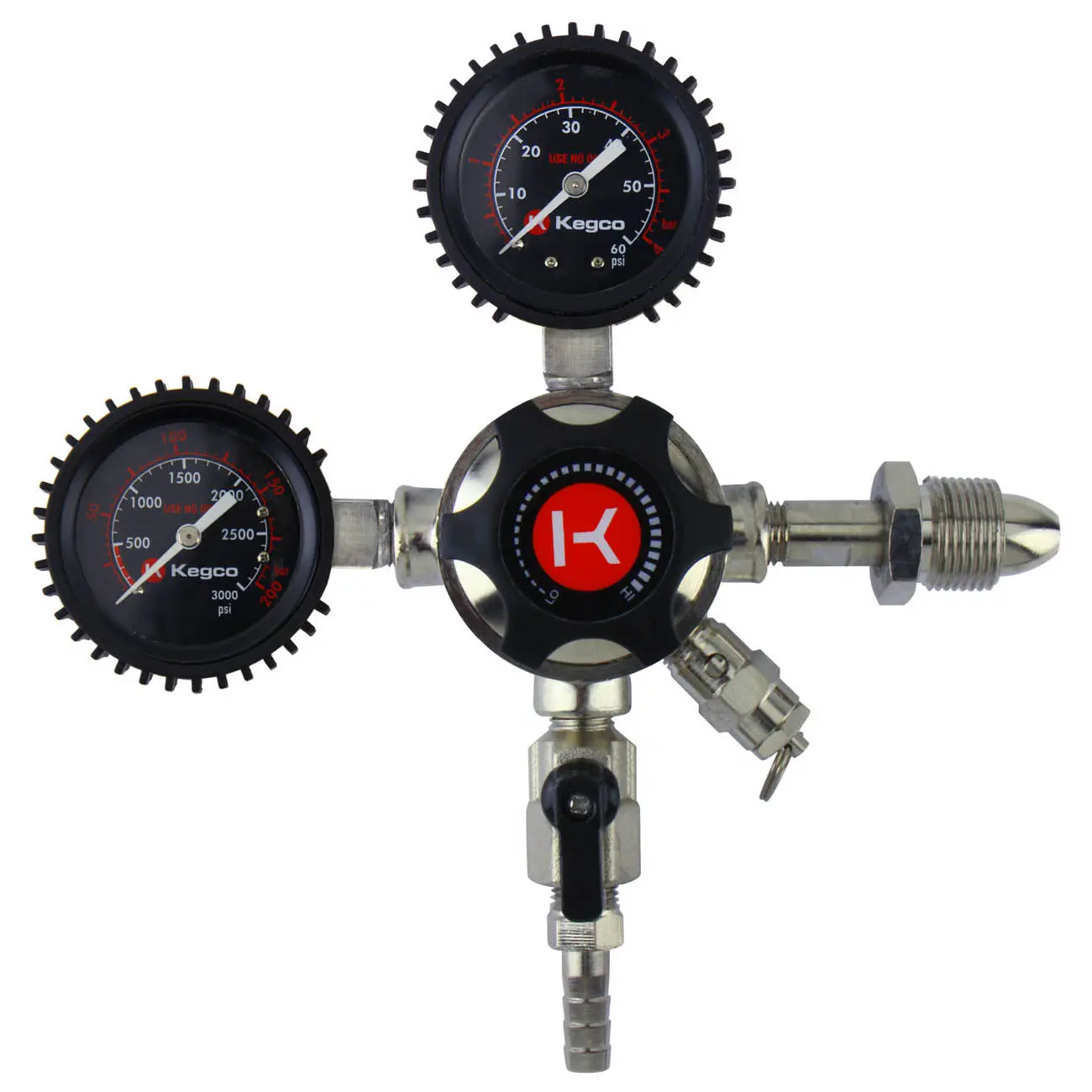

Articles
How Much Psi For Kegerator
Modified: March 1, 2024
Looking for articles on how much PSI to use for your kegerator? Check out our informative guides and tips to ensure the perfect beer pour.
(Many of the links in this article redirect to a specific reviewed product. Your purchase of these products through affiliate links helps to generate commission for Storables.com, at no extra cost. Learn more)
Introduction
Welcome to the world of kegerators, where beer enthusiasts have the joy of enjoying a perfectly chilled, draft beer in the comfort of their own homes. A kegerator is essentially a refrigerator that is specifically designed for storing and dispensing kegs of beer. It is a popular choice for beer lovers who want to recreate the authentic pub experience at home.
When it comes to setting up and maintaining a kegerator, one crucial factor to consider is the PSI (pounds per square inch) measurement. PSI plays a vital role in ensuring that the beer is dispensed properly, with the right level of carbonation and pressure. However, understanding PSI and its impact on kegerators can be a bit intimidating for newcomers.
In this article, we will dive into the world of PSI for kegerators, demystify its importance, and provide you with valuable insights to help you master the art of kegging and dispensing beer.
Key Takeaways:
- Mastering the PSI in your kegerator is crucial for achieving the perfect carbonation, pour, and drinking experience. Consider beer style, temperature, and keg volume to fine-tune the PSI for optimal results.
- Adjusting the PSI based on desired carbonation levels allows for a personalized beer-drinking experience. Experiment, taste, and gradually adjust the PSI to achieve the perfect carbonation that suits your preferences.
Understanding PSI (pounds per square inch)
Before we delve into the significance of PSI in kegerators, it is important to have a basic understanding of what PSI represents. PSI stands for “pounds per square inch,” which is a unit of pressure measurement commonly used in various applications, including gas and liquid systems.
In the context of kegerators, PSI refers to the pressure at which beer is dispensed from the keg. It directly affects the carbonation level and the flow of beer into your glass. The PSI setting determines the rate at which beer flows out of the tap and also helps maintain the desired carbonation level within the beer.
It’s worth noting that different types of beer require different PSI settings to achieve the optimal balance of carbonation and foam. The wrong PSI can either result in under-carbonated and flat beer or excessively carbonated and foamy beer. Therefore, understanding and correctly setting the PSI is crucial for a delightful drinking experience.
Now that we have a basic understanding of PSI, let’s explore why it is so important when it comes to handling kegerators.
Importance of PSI in kegerators
The PSI setting in a kegerator is crucial for several reasons. First and foremost, it enables you to control the level of carbonation in your beer. Carbonation plays a significant role in enhancing the flavor, aroma, and overall drinking experience. A beer with the right level of carbonation will have a pleasant effervescence and a satisfying mouthfeel. Therefore, adjusting the PSI correctly can ensure that your beer is carbonated to perfection.
Another important aspect of PSI is that it helps maintain the appropriate pressure for dispensing beer from the keg. If the pressure is too low, the beer will not flow smoothly, resulting in a slow and inconsistent pour. On the other hand, if the pressure is too high, the beer will gush out and create excessive foam, making it difficult to pour a proper glass of beer. The optimal PSI ensures a steady and controlled flow, giving you the perfect pour every time.
In addition to carbonation and flow, PSI also impacts the longevity of the beer in the keg. The right PSI setting helps prevent oxygen from entering the keg and oxidizing the beer. Oxygen exposure can lead to off-flavors and a deterioration in the quality of the beer. By maintaining the correct pressure, you can ensure that your beer remains fresh, flavorful, and enjoyable for a longer period of time.
It is worth noting that not all kegerators are created equal, and the PSI requirements may vary depending on the specific model. Therefore, it is crucial to refer to the manufacturer’s guidelines and recommendations for optimal PSI settings for your kegerator. These guidelines take into account the design, components, and specifications of the kegerator to provide you with the most accurate PSI recommendation.
Now that we understand the importance of PSI in kegerators, let’s explore the various factors to consider when determining the appropriate PSI settings.
Factors to consider when determining PSI for kegerators
When it comes to determining the appropriate PSI for your kegerator, there are several factors that you need to consider. These factors will help you achieve the perfect balance of carbonation, flow, and taste for your beer. Let’s take a closer look at each of these factors:
- Beer Style: Different beer styles have distinct carbonation requirements. For example, lagers typically have lower carbonation levels compared to ales. It is essential to consider the style of beer you are kegging and the recommended carbonation levels for that particular style.
- Temperature: The temperature at which your kegerator is set can significantly impact the PSI setting. As a general rule, colder temperatures require less PSI, while warmer temperatures require higher PSI. It is crucial to find the optimal temperature for your beer style and adjust the PSI accordingly.
- Keg Volume: The volume of beer remaining in the keg can affect the PSI setting. As the keg empties, the carbonation levels can change. It is important to monitor the keg’s remaining volume and adjust the PSI accordingly to maintain consistent carbonation throughout.
- Draft System Length: The length of the beer lines and the type of dispensing system you have can impact the PSI setting. Longer beer lines may require higher PSI to overcome the resistance and maintain an appropriate flow rate. It is important to consult the manufacturer’s guidelines for your specific draft system to ensure the proper PSI setting.
- Elevation: The altitude at which you are located can affect the PSI setting. Higher elevations may require a slightly higher PSI due to the lower air pressure. It is worth considering this factor if you live in a high-altitude area.
By taking these factors into account, you can determine the appropriate PSI setting for your kegerator and ensure that your beer is dispensed with the desired carbonation, flow, and taste.
Next, let’s explore the recommended PSI for different types of beer to help guide you in adjusting the PSI for your kegging adventures.
Recommended PSI for different types of beer
When it comes to setting the PSI for your kegerator, it’s essential to consider the specific style of beer you are serving. Different types of beer have varying carbonation levels and require different PSI settings to achieve the optimal taste and experience. Here are some general guidelines for the recommended PSI for common types of beer:
- Lagers: Lagers are typically carbonated at lower levels compared to other beers. The recommended PSI for lagers ranges from 10 to 12 PSI. However, it is important to note that this may vary depending on the specific lager style and personal preference.
- Ales: Ales generally have slightly higher carbonation levels compared to lagers. The recommended PSI for ales ranges from 12 to 14 PSI. However, just like with lagers, it is best to consult the specific style guidelines and adjust the PSI accordingly.
- Wheat Beers: Wheat beers, such as Hefeweizens or Witbiers, are often served with a higher level of carbonation to enhance their refreshing and effervescent qualities. The recommended PSI for wheat beers is typically between 14 to 16 PSI.
- Stouts and Porters: Stouts and porters are dark, rich beers with lower carbonation levels compared to other styles. The recommended PSI for stouts and porters is generally between 8 to 10 PSI to maintain a smooth and velvety texture.
- Specialty Beers: Specialty beers, such as Belgian ales or sour beers, may have unique carbonation requirements. It is essential to refer to the specific style guidelines and adjust the PSI accordingly to best showcase the flavors and characteristics of these specialty brews.
These recommended PSI ranges provide a starting point, but it’s important to remember that personal preference and specific beer styles can influence the ideal PSI setting. It’s always a good idea to experiment, taste, and adjust the PSI gradually until you find the perfect carbonation level for your favorite beers.
Next, let’s explore how you can adjust the PSI to achieve your desired level of carbonation in your kegged beer.
The recommended psi for a kegerator is typically between 10-12 psi for serving most beers. However, this can vary depending on the specific beer and temperature. It’s best to consult the brewery’s recommendations for optimal serving psi.
Read more: What Psi Should A Kegerator Be Set At
Adjusting PSI based on desired carbonation levels
One of the advantages of having a kegerator is the ability to personalize the carbonation levels of your beer according to your taste preferences. Whether you prefer a highly carbonated beer with lively bubbles or a more subtle and mellow carbonation, the PSI setting can be adjusted to achieve your desired carbonation level. Here are some steps to help you adjust the PSI based on your desired carbonation:
- Start by conducting some research or referring to style guidelines for the specific beer style you are kegging. This will give you an idea of the general carbonation levels that are appropriate for that style.
- Based on the style guidelines, set the initial PSI at the recommended range. For example, if kegging a lager, you might start with a PSI of 10 to 12.
- Pour a sample of the beer and assess the carbonation levels. Pay attention to the level of bubbles and the mouthfeel. If the carbonation is too high or too low, you can proceed to adjust the PSI accordingly.
- If the carbonation is too high, reduce the PSI gradually. A reduction of 1 to 2 PSI at a time is recommended to avoid making drastic changes. Allow the pressure to equalize and pour another sample to assess the carbonation levels. Repeat this process until you reach your desired carbonation level.
- If the carbonation is too low, increase the PSI gradually instead. Again, make small adjustments of 1 to 2 PSI at a time, allowing the pressure to equalize before pouring another sample. Repeat until you achieve the desired level of carbonation.
Remember that carbonation levels can also be affected by other factors such as temperature and the volume of beer remaining in the keg. Take these factors into consideration when adjusting the PSI to ensure a consistent and enjoyable carbonation level throughout the keg.
It’s also important to be patient during the adjustment process. Changes to the carbonation level may take some time to fully manifest, so allow the beer to sit at the adjusted PSI for a while before reassessing.
By following these steps and experimenting with adjustments, you can achieve the perfect carbonation levels that suit your taste preferences and showcase the unique qualities of your beer.
Next, let’s dive into the practical aspect of measuring and adjusting the PSI in your kegerator.
How to measure and adjust PSI in a kegerator
Measuring and adjusting the PSI (pounds per square inch) in your kegerator is a straightforward process. Here’s a step-by-step guide to help you measure and adjust the PSI:
- First, ensure that your kegerator is properly connected and the CO2 (carbon dioxide) tank is securely attached.
- Locate the pressure gauge on your CO2 regulator. This gauge displays the current PSI reading.
- To measure the existing PSI, observe the needle on the pressure gauge. This will give you an indication of the current pressure in the kegerator. Take note of this reading for reference.
- If you need to adjust the PSI, use the adjustment knob on the CO2 regulator. Turning the knob clockwise will increase the pressure, and turning it counterclockwise will decrease the pressure.
- Make small and gradual adjustments to the PSI by turning the knob in either direction. It’s important to be patient and avoid making sudden or drastic changes.
- After making an adjustment, give the system some time to equalize. This will allow the pressure and carbonation levels to stabilize before taking a sample or making further adjustments.
- To verify the changes, pour a sample of beer into a glass, and observe the carbonation levels and the quality of the pour. Adjust the PSI accordingly if needed, using the same gradual process.
- Repeat the process until you achieve the desired carbonation and pour quality.
- Remember to take into account other variables such as temperature and remaining keg volume that may impact the carbonation levels. Adjustments might be needed if these variables change.
- It’s a good idea to keep a record of the PSI adjustments you make for different beer styles or personal preferences. This can help you in the future when setting up your kegerator or modifying the carbonation levels.
By following these steps and being patient with your adjustments, you’ll be able to measure and fine-tune the PSI in your kegerator to achieve the perfect carbonation and pour for your beers.
Finally, let’s address some common issues with PSI in kegerators and how you can troubleshoot them.
Troubleshooting common issues with PSI in kegerators
While setting and adjusting the PSI in your kegerator, you may encounter some common issues that can affect the carbonation, pouring, or overall performance of your beer. Here are some troubleshooting tips to help you address these issues:
- Excessive foam: If you’re experiencing excessive foam when pouring, it could be due to a few factors. Firstly, check that the temperature of your kegerator is set at the appropriate level. Higher temperatures can result in increased foaming. Additionally, ensure that your beer lines are clean and free of any obstructions. Finally, if the issue persists, try reducing the PSI slightly to reduce the pressure and minimize foam.
- Flat or under-carbonated beer: If your beer lacks carbonation or tastes flat, it could be a sign of insufficient pressure or a leak in the system. Check that your CO2 tank is not empty or running low and that the regulator is securely attached. Also, inspect the beer lines and connections for any leaks. Adjust the PSI to the recommended range for your beer style and taste preferences.
- Inconsistent carbonation throughout the keg: If you notice that the carbonation levels vary within the same keg, it may be due to uneven temperature distribution or improper agitation during carbonation. Ensure that your kegerator has a consistent and even temperature throughout. When carbonating, gently rock the keg back and forth to ensure the CO2 disperses evenly. If the issue persists, consider adjusting the PSI slightly to compensate for any variations.
- Stale or oxidized beer: If your beer has an off-flavor or tastes stale, it may be due to excessive exposure to oxygen. Check for any leaks or gaps in the kegerator system that may allow oxygen to enter. Also, make sure to finish the keg within a reasonable time frame to avoid prolonged exposure. Adjust the PSI to the recommended range and maintain a proper seal on your keg to minimize oxygen ingress.
- Inconsistent pouring: If your pouring is inconsistent, with variations in foam levels or flow rates, it may be due to improper line balance or pressure settings. Ensure that your beer lines are the correct length and diameter for your specific kegerator model and setup. Adjust the PSI gradually to achieve a balanced pour, and consider checking for any restrictions or blockages in the beer lines.
By addressing these common issues and following the troubleshooting tips, you can maintain the optimal PSI in your kegerator and ensure a delightful drinking experience with perfectly carbonated and well-poured beers.
Now that we’ve explored troubleshooting, let’s conclude our discussion on the importance of PSI in kegerators.
Conclusion
Understanding and managing the PSI (pounds per square inch) in your kegerator is essential for maintaining the perfect carbonation, pour, and overall drinking experience of your favorite beers. By considering factors such as beer style, temperature, keg volume, draft system length, and elevation, you can determine the appropriate PSI setting for your kegerator.
The recommended PSI for different types of beer serves as a useful starting point, but personal preference and specific beer styles may require slight adjustments. By gradually fine-tuning the PSI, you can achieve the desired carbonation levels and showcase the unique flavors and characteristics of each beer.
Measuring and adjusting the PSI in your kegerator is a straightforward process, involving monitoring the pressure gauge on the CO2 regulator and making gradual adjustments using the adjustment knob. Taking into account other variables such as temperature and remaining keg volume is important to ensure consistency in carbonation levels.
Common issues with PSI, such as excessive foam, flat beer, inconsistent carbonation, stale taste, or inconsistent pouring, can be addressed through troubleshooting techniques. By checking for leaks, ensuring proper temperature and agitation during carbonation, and balancing the beer lines, you can overcome these challenges and enjoy a perfect pint every time.
Mastering the art of PSI in your kegerator opens up a world of possibilities for customized carbonation levels and a personalized beer-drinking experience. So, whether you’re hosting a party, unwinding after work, or simply enjoying a cold one, understanding and optimizing the PSI in your kegerator will elevate your enjoyment and impress your guests.
Cheers to mastering the PSI and raising a glass to the perfect pint!
Frequently Asked Questions about How Much Psi For Kegerator
Was this page helpful?
At Storables.com, we guarantee accurate and reliable information. Our content, validated by Expert Board Contributors, is crafted following stringent Editorial Policies. We're committed to providing you with well-researched, expert-backed insights for all your informational needs.

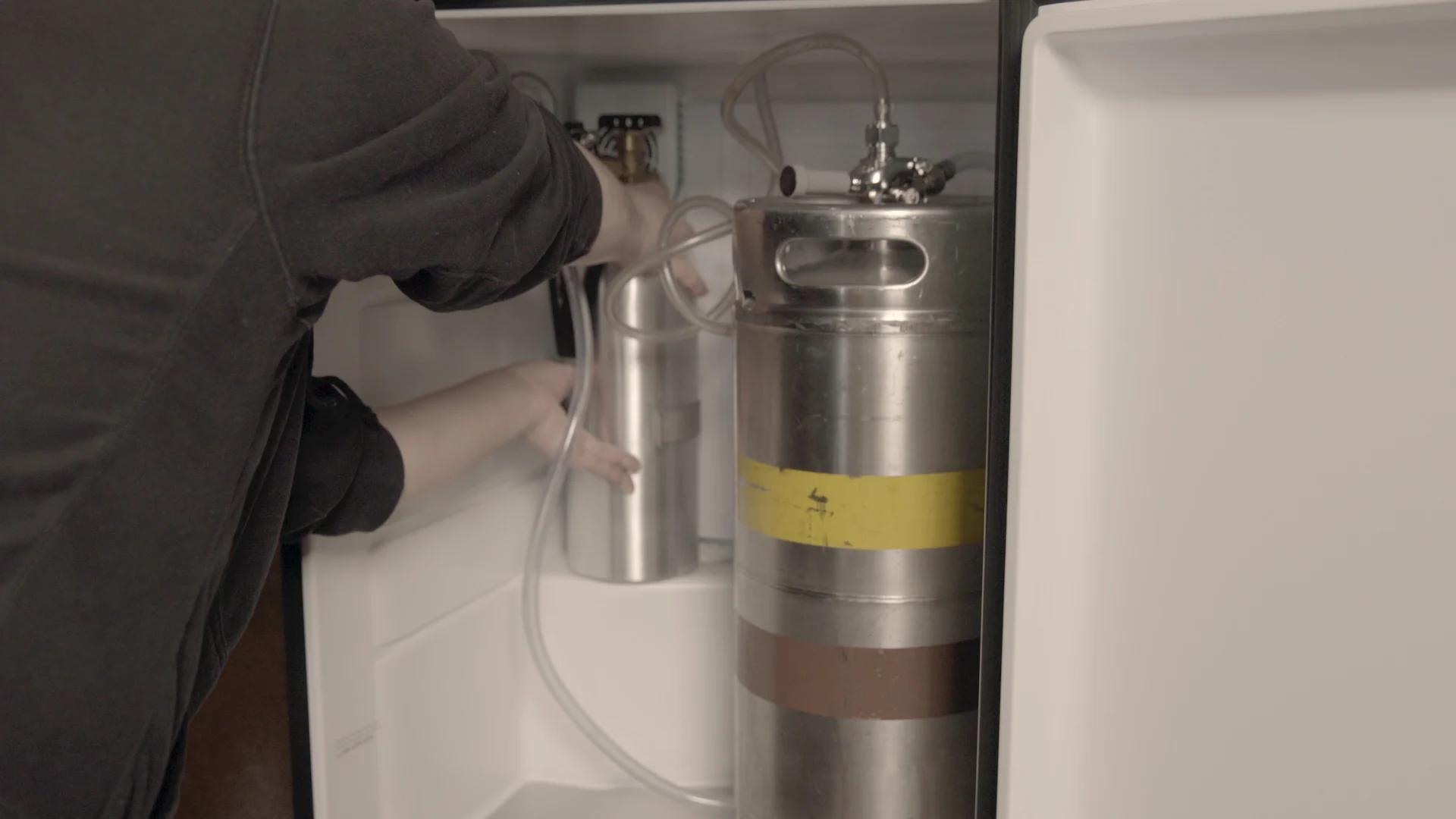
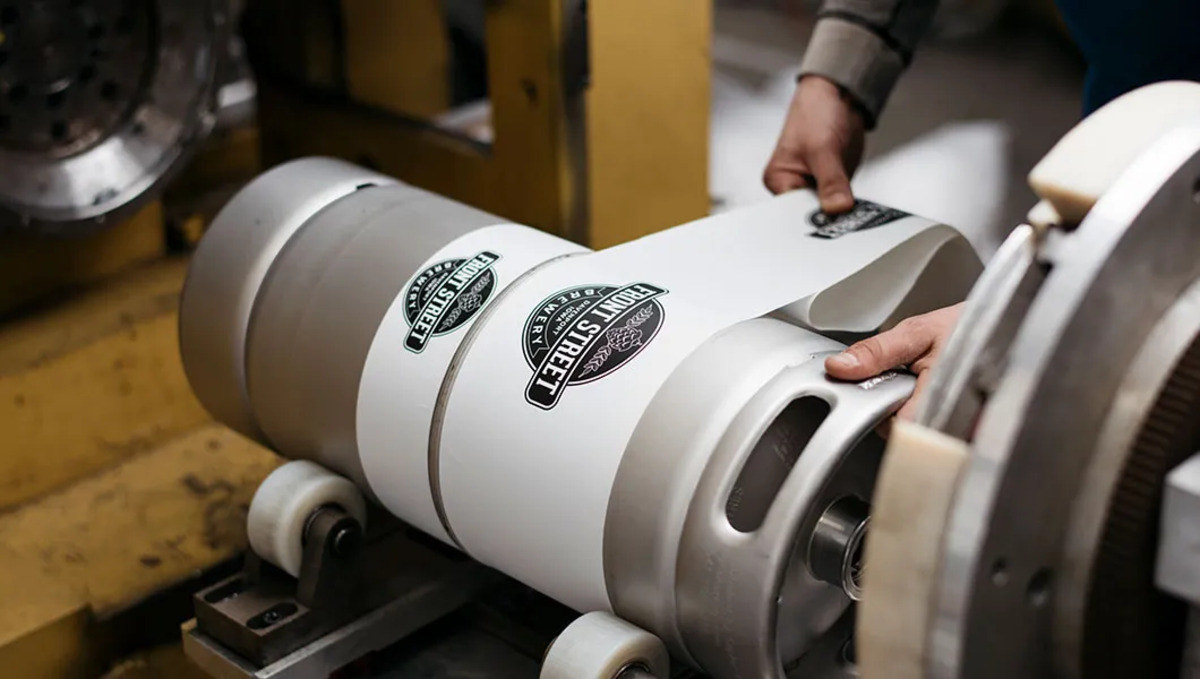
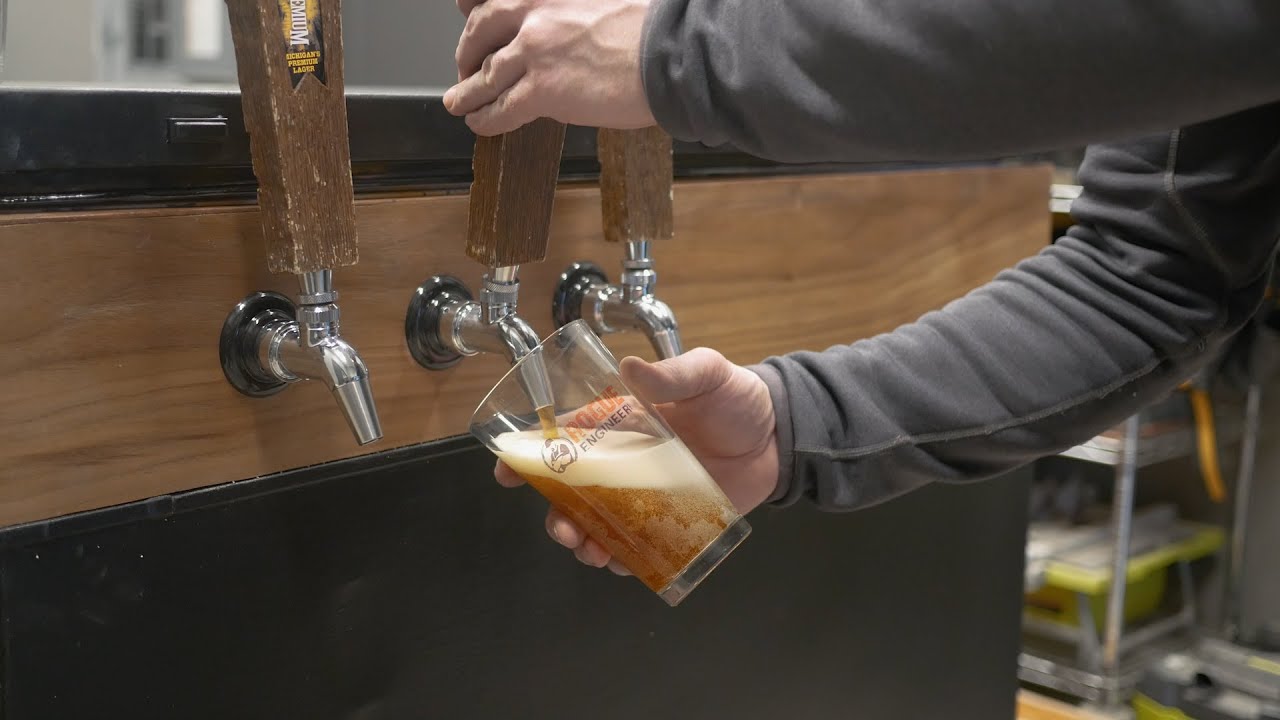
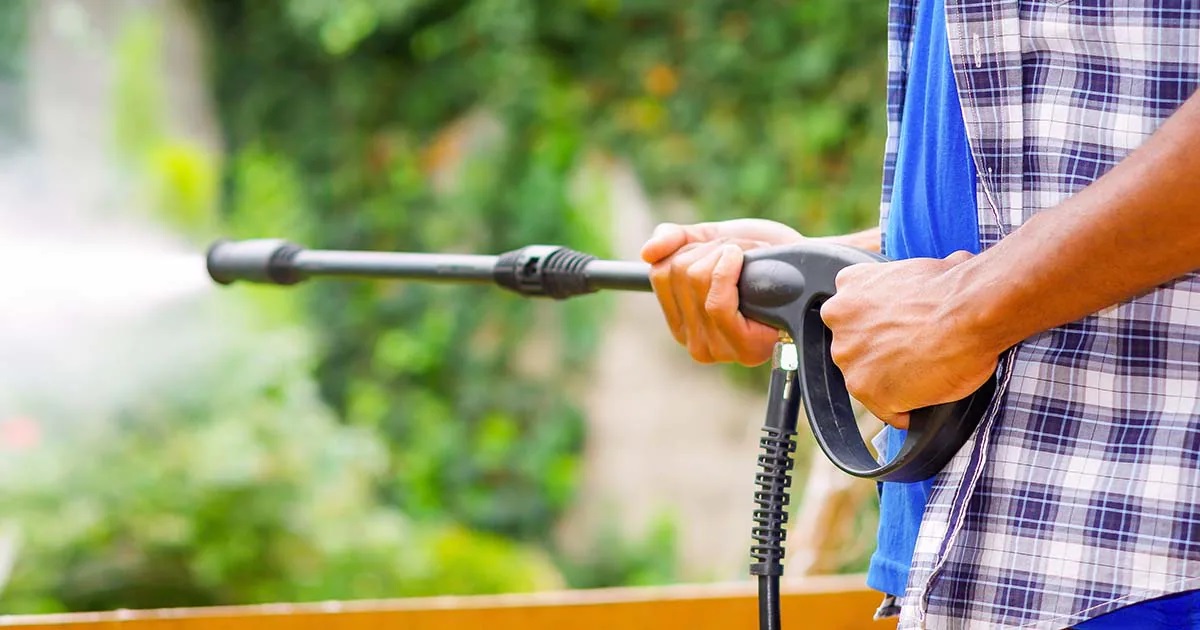
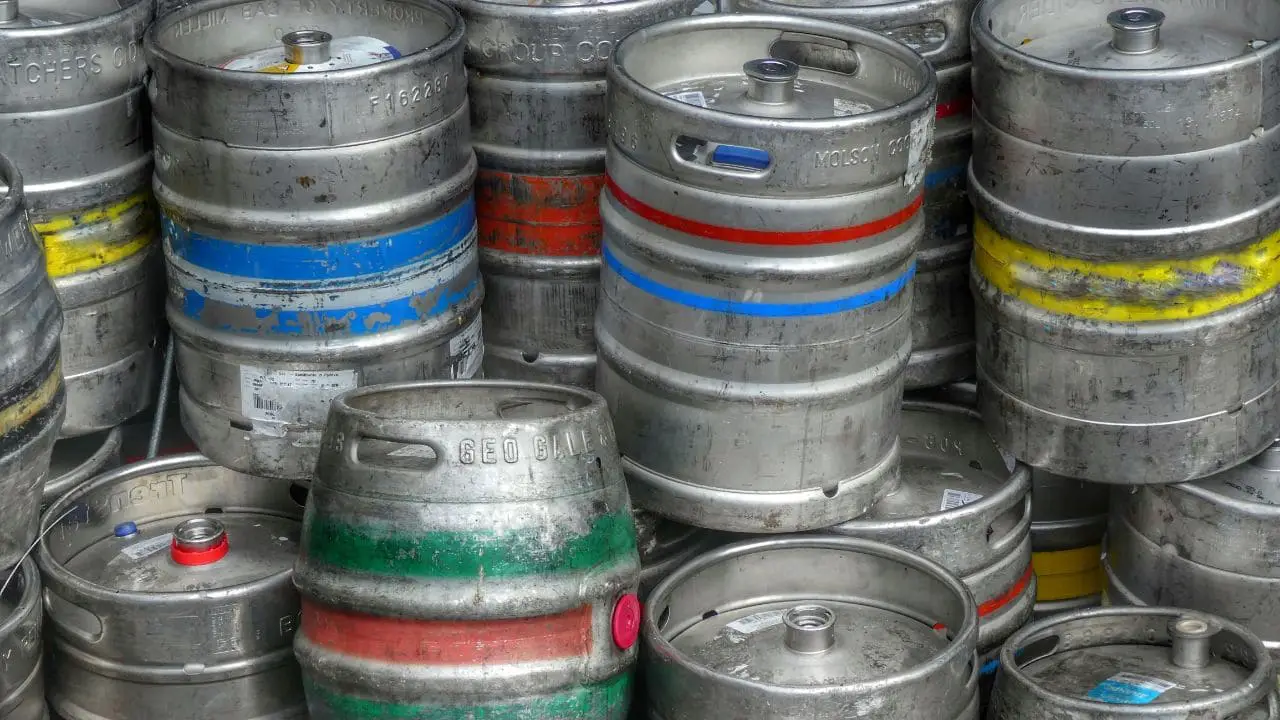

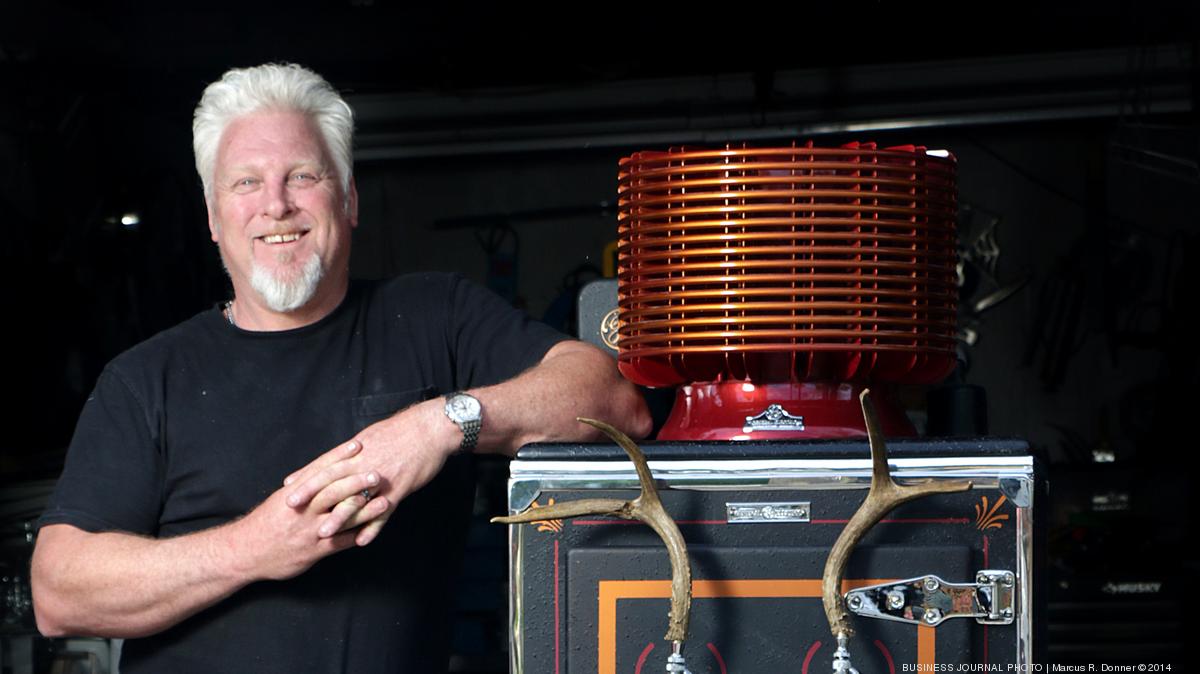
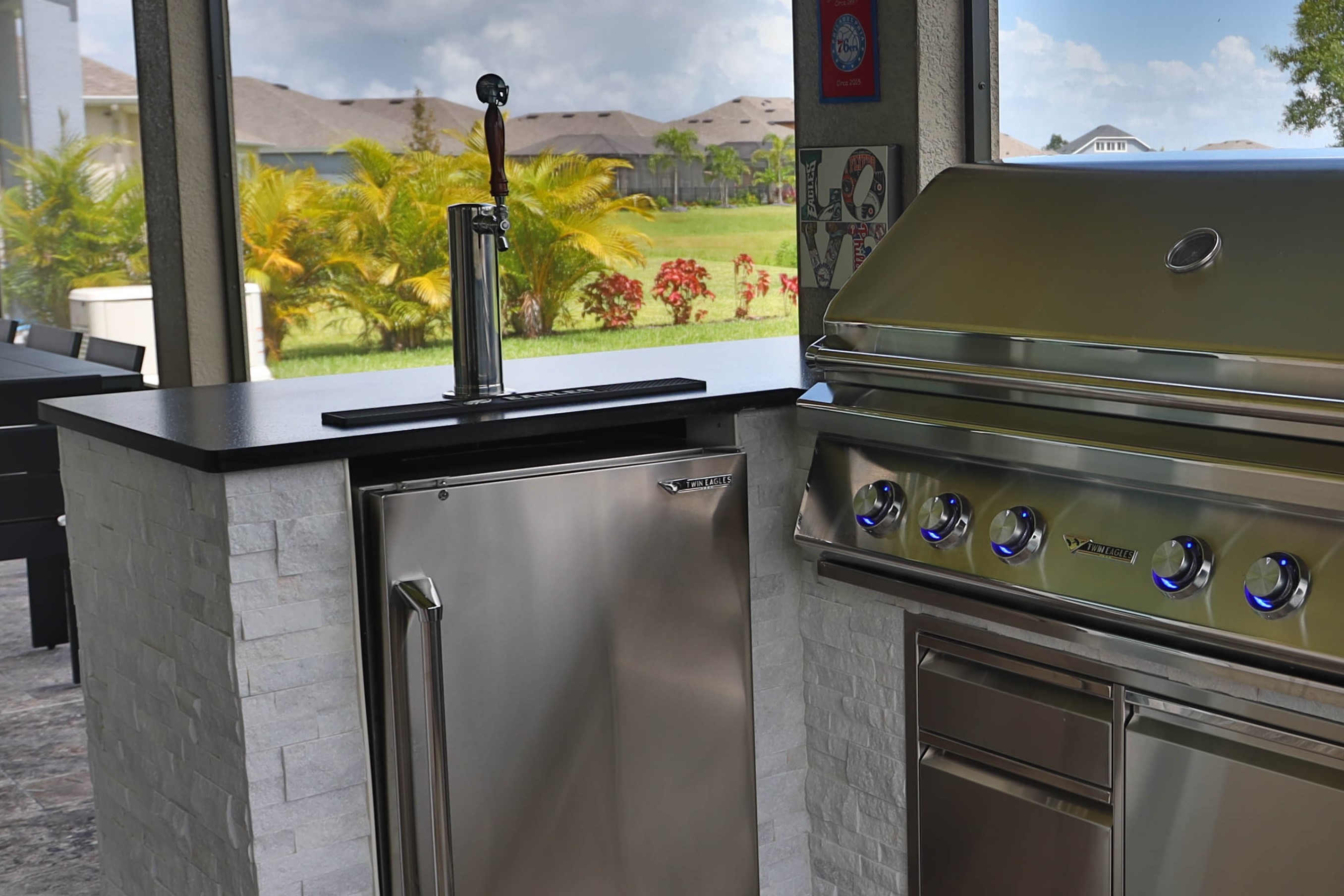
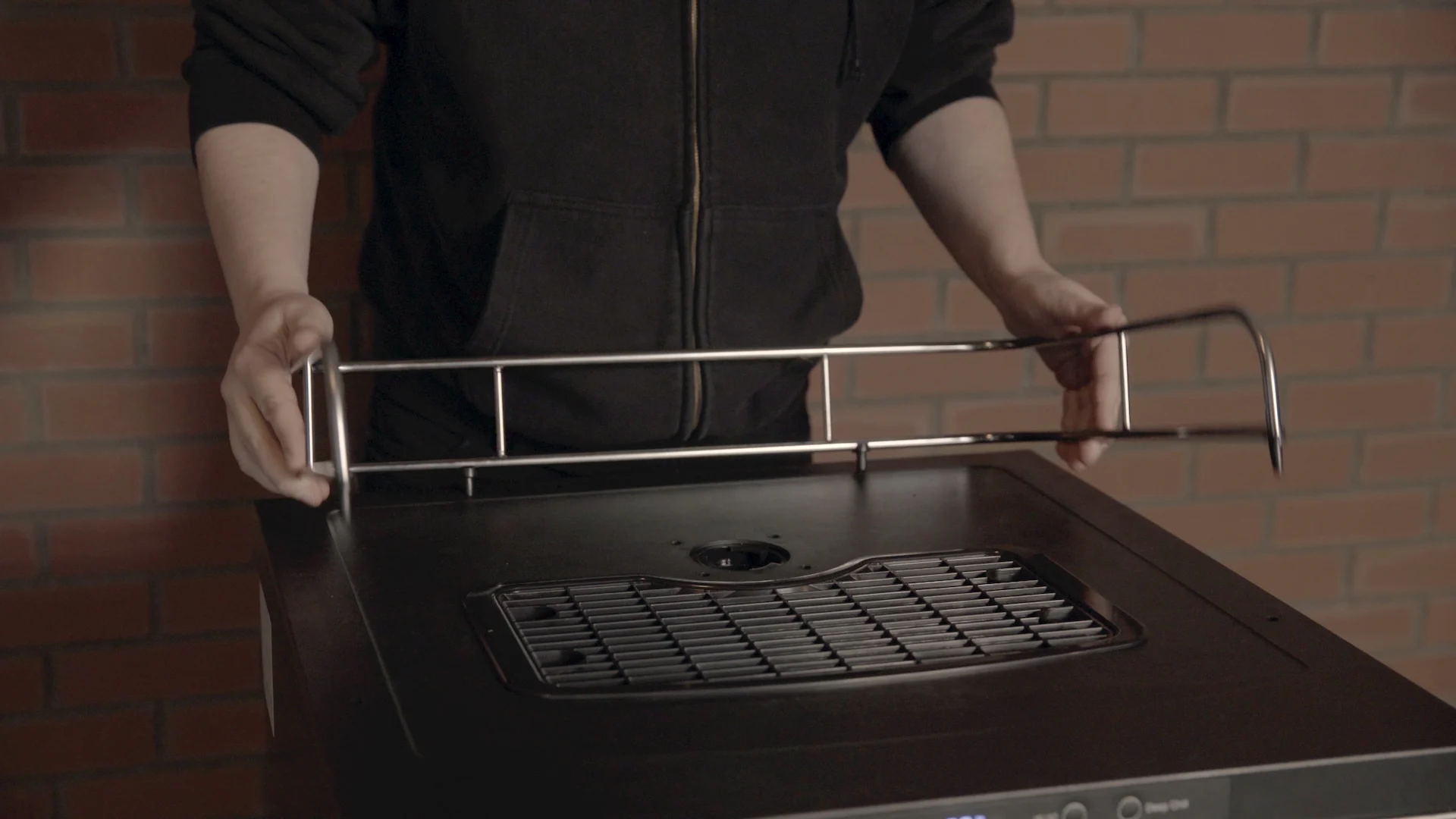
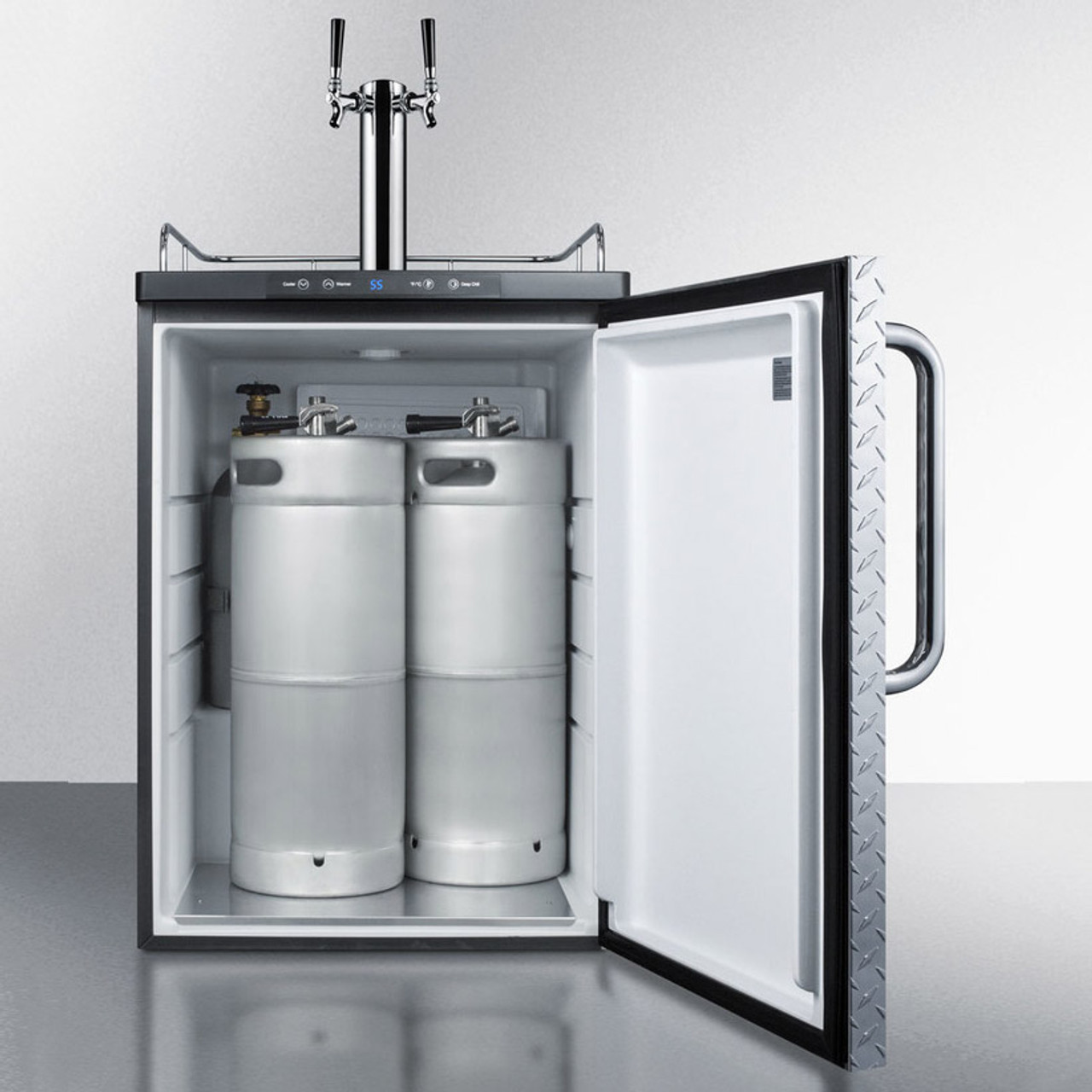
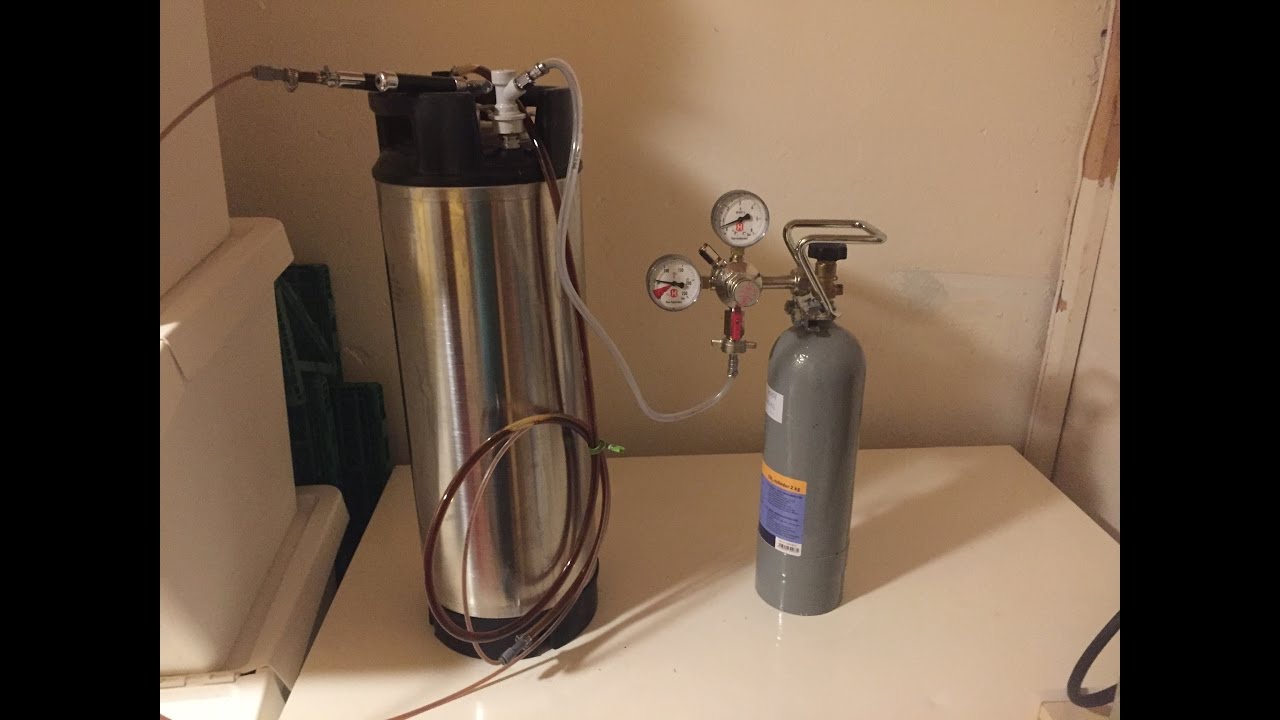
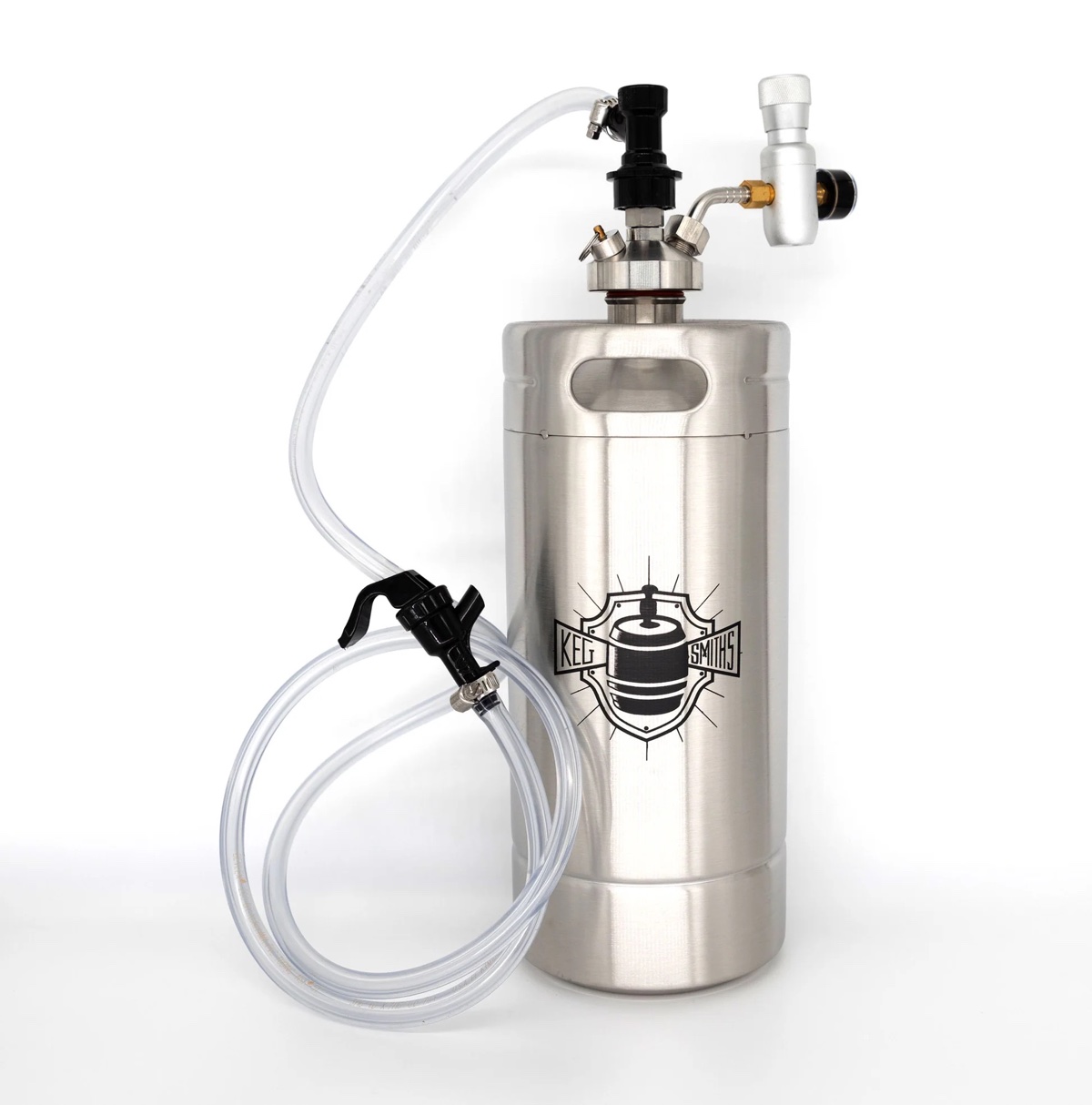
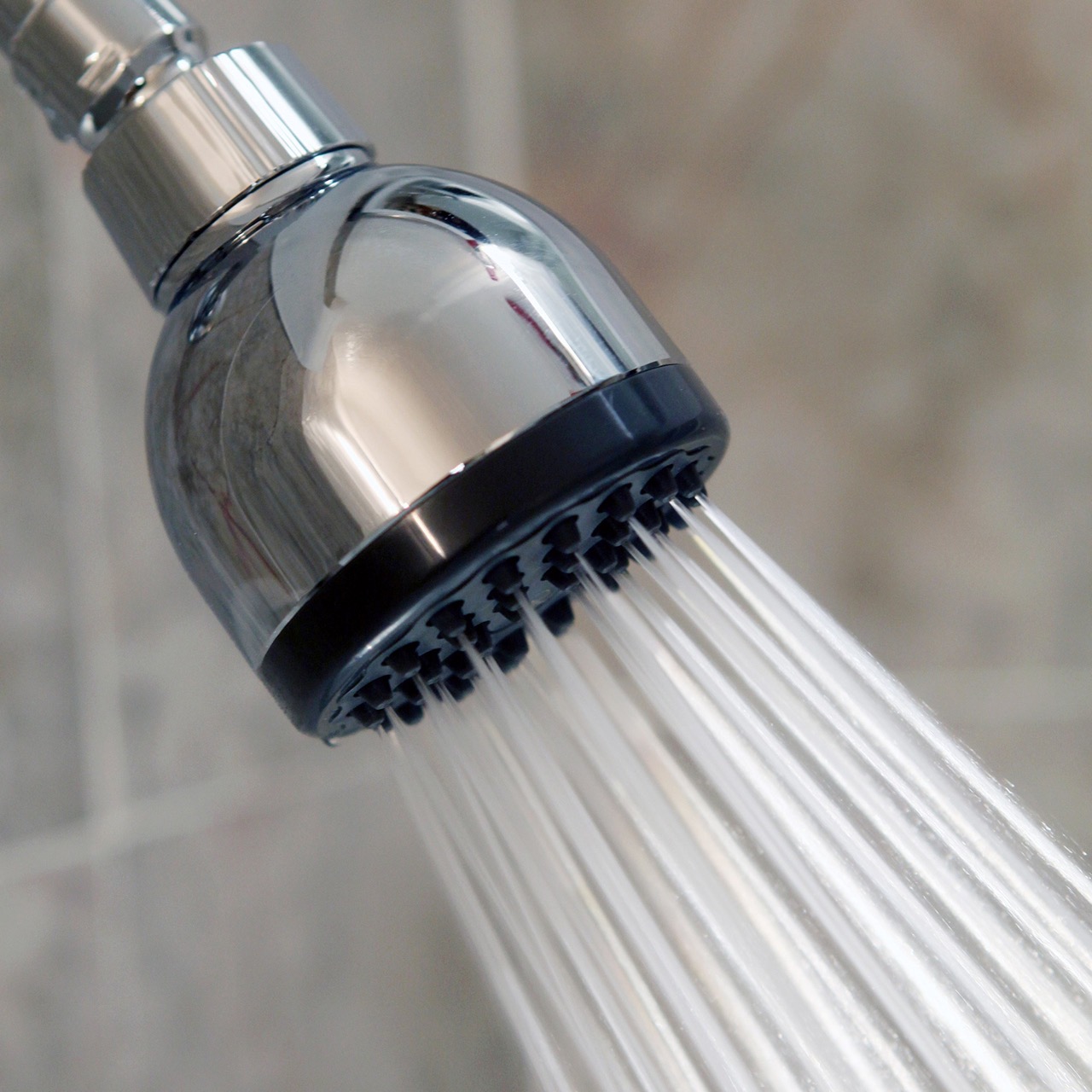

0 thoughts on “How Much Psi For Kegerator”